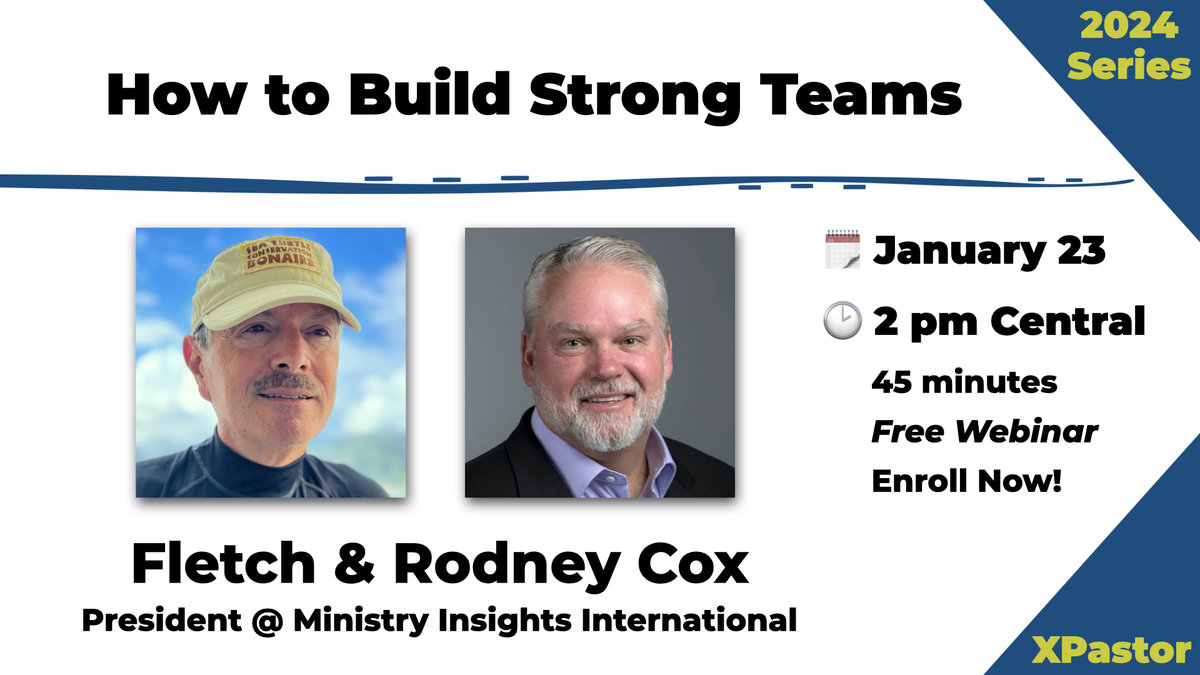From the biblical examples of Moses, Nehemiah and Jesus, to our own experience in a church context, we know that leadership is hard work. If you lead (truly lead) paid staff, volunteers, or a mixture of the two, you know that movement toward Point B can easily cause a “stretching” type of tension to move back to Point A.
We should wisely handle the “what” and the “how” of leadership with systems, structures, role definitions, etc. The “who” question is equally essential when we consider that others can support or advance direction, or resist … or even sabotage it.
Insight 1: There is a tendency to view leadership as a one-way exertion of influence.
An unhealthy culture of leadership in organizations is one in which they see influence originating from the leaders and moving at the followers. They believe that if you have a great vision or idea and communicate it well, people will follow. That is often not the case. An equally unhealthy dynamic is one in which followers wield negative influence from informal roles while passive, visionless, fearful, and/or tired leaders acquiesce.
Insight 2: Wise leaders understand “followership” in that, while leaders exert power and influence, followers can wield the same or even more power to push back.
Some ways leaders and followers gain influence and power are:
- Legitimate Power—Power by formal position (CEO, Senior Pastor, etc.)
- Conferred Power—Wielding power because of connection with an individual or group that possesses power.
- Referent Power—Power from relationship.
- Political Power—Power in numbers by alignment with a group that detracts or seeks to go in a different direction.
- Expert Power—Power from possessing knowledge, education, experience, viable insights, etc.
- Reward and/or Punishment Power—Power from the ability to give or withhold what people do or do not want.
Insight 3: Leaders can be reactive and let the situation change them (pleasing, fighting, bitterness, hiding, fleeing) or they can seek to proactively change or influence the situation.
There are a myriad of insights in the area of change management. These are particularly pertinent to this context.
- Learn what you can. Consider that followers who don’t agree with you may be partly or entirely accurate.
- Assess the number of credibility chips you have before launching into controversy. If there is a shortage or deficit in your account, you may need to wait or limit your efforts.
- Build trust by showing concern for followers, demonstrating honesty and integrity, doing what you said you’d do, etc.
- Communicate, communicate, communicate! Fill in the blanks with what you are actually saying and doing before others fill in their own blanks. Continue to also connect methodology with the big picture of the desired future to sway disagreement away from micro issues.
- Proactively provide platforms for dialog with followers.
- Diffuse the aggression by having small meetings for honest interaction and feedback before and after—or even instead of—the big “sell.” Some followers will say, “I don’t agree but they did listen to me!”
- Confront, as needed, when disagreement turns to dissention, either by severity or duration.











